Did you know that eye infections are one of the leading causes of vision loss in horses? At Envision More Veterinary Ophthalmology in Cypress, Texas, we’re dedicated to protecting your horse’s vision. One common but serious condition we see is equine fungal keratitis, which, if left untreated, can lead to blindness. This guide will explain what fungal keratitis is, how to spot it early, and why seeking treatment fast is key to saving your horse’s sight.
What is Equine Fungal Keratitis?
Equine fungal keratitis is a type of eye infection caused by fungi that invade the cornea, the transparent layer at the front of the eye. Because the cornea plays a major role in your horse’s vision, any infection here can cause discomfort and blurred sight. Without prompt treatment, this condition can lead to permanent damage or even blindness.
How Does Equine Fungal Keratitis Happen?
Fungal keratitis is most likely to develop when fungi take advantage of a compromised eye. This might be due to an existing injury or a weakened immune system. Common fungal culprits include Aspergillus, Fusarium, and Candida, which thrive in the damp, warm conditions of barns and stables.s
Signs to Watch For
Spotting equine fungal keratitis early is crucial. Keep an eye out for the following symptoms:
- Redness or swelling in the eye
- Watery or thick discharge
- Squinting or apparent eye pain
- A cloudy or white appearance in the eye
- Reduced vision
If your horse shows any of these signs, don’t wait! Contact us immediately for an eye examination at Envision More Veterinary Ophthalmology.
Why Immediate Care is Critical
If left untreated, fungal keratitis can lead to complications such as corneal scarring, severe discomfort, or blindness. Our specialized team uses advanced diagnostics and treatments to ensure your horse gets the best care possible. Early detection means a much higher chance of full recovery.
Treatment Options for Equine Fungal Keratitis
Treatment will depend on the severity of the infection. Mild cases might be treated with topical antifungal medications. More severe cases might require surgery or therapeutic contact lenses. We offer these and other specialized treatments at Envision More Veterinary Ophthalmology, tailored to meet your horse’s unique needs.
How to Prevent Fungal Keratitis
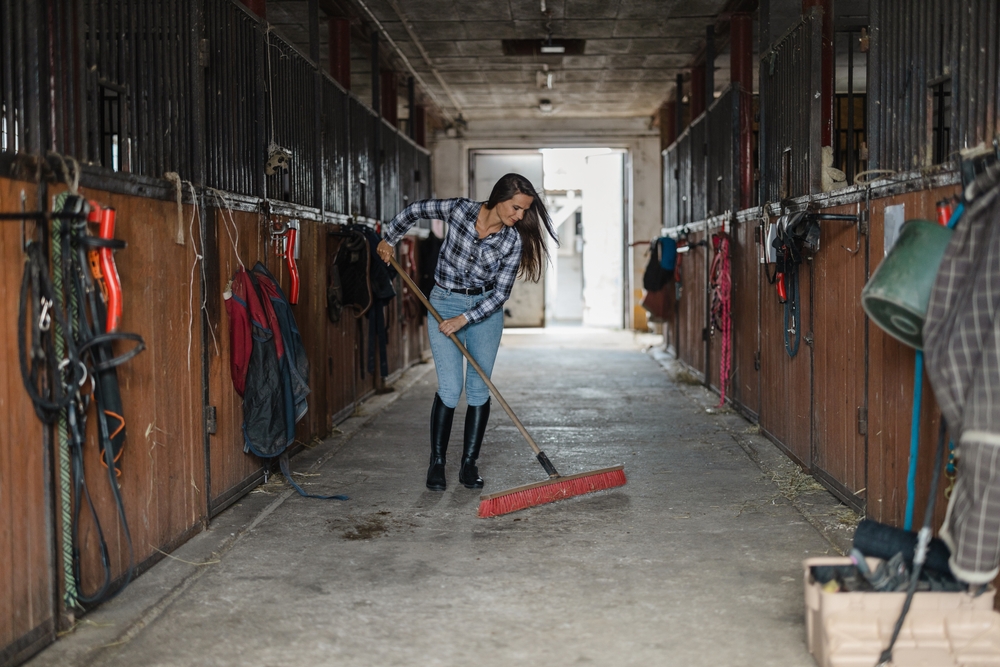
Prevention is always better than treatment. Here are a few ways to protect your horse from this eye infection:
- Keep stables clean and dry: Fungi thrive in moist environments, so regular cleaning can reduce the risk.
- Regularly check your horse’s eyes: Early detection of any eye abnormalities can prevent more serious issues.
- Use protective gear in risky environments: Shields can protect your horse’s eyes during activities where injury is more likely.
Are Certain Breeds More at Risk?
Yes, horses with larger or more prominent eyes may be more susceptible to fungal keratitis simply due to increased exposure. Breeds such as Thoroughbreds and Warmbloods are known to be at higher risk. Regular check-ups are especially important for these horses.
How We Help Protect Your Horse’s Vision
Routine eye exams are the best way to catch eye problems before they become severe. Our experienced team at Envision More Veterinary Ophthalmology is ready to assist with thorough eye examinations and personalized care recommendations.
Final Thoughts
Catching equine fungal keratitis early is vital for maintaining your horse’s vision. At Envision More Veterinary Ophthalmology, we’re committed to providing expert care to ensure the best outcome for your horse’s eye health. Contact us today to schedule an appointment or to learn more about protecting your horse’s precious sight.

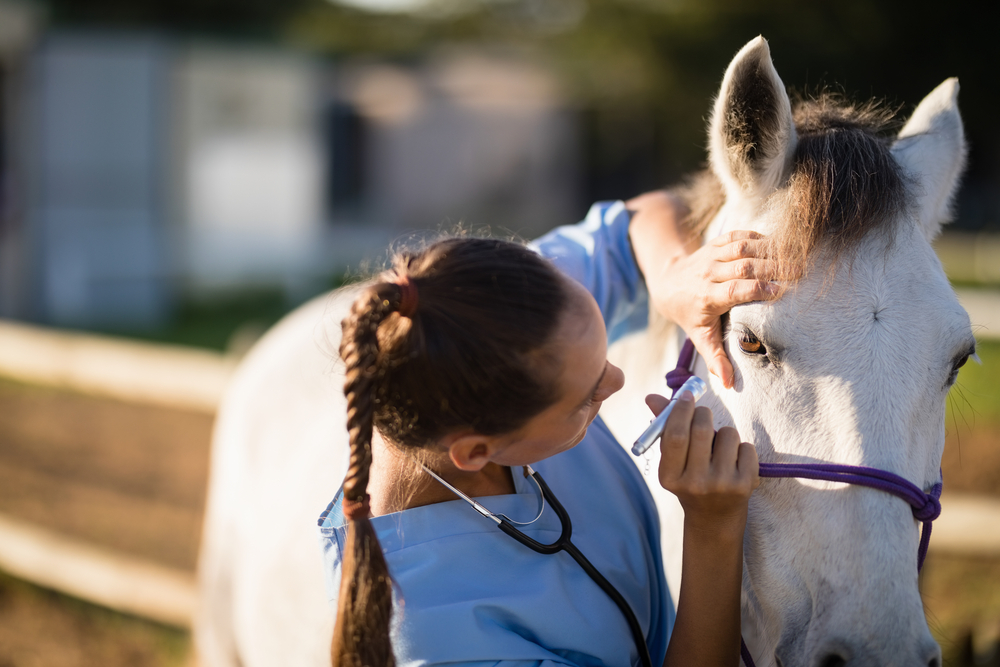
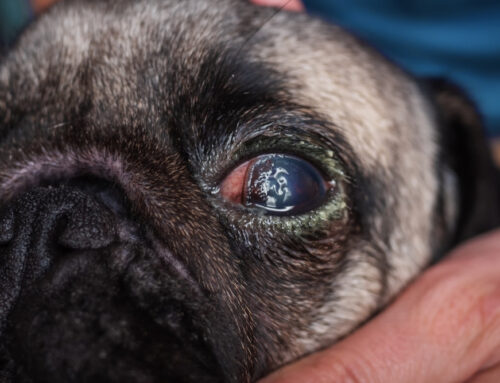
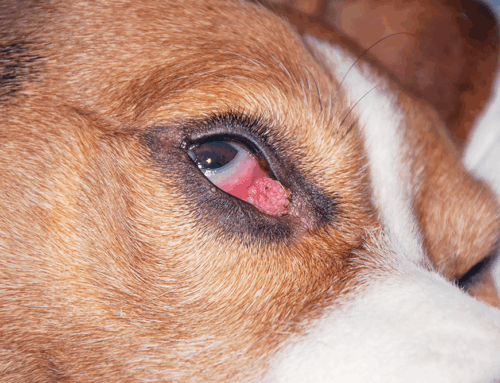
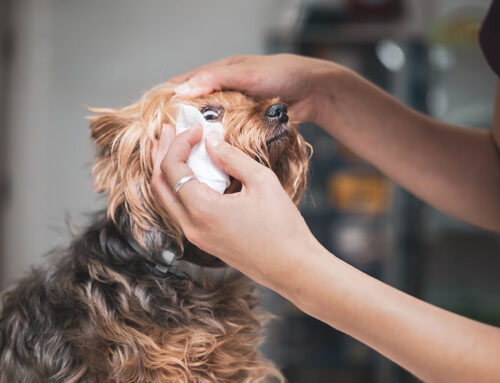
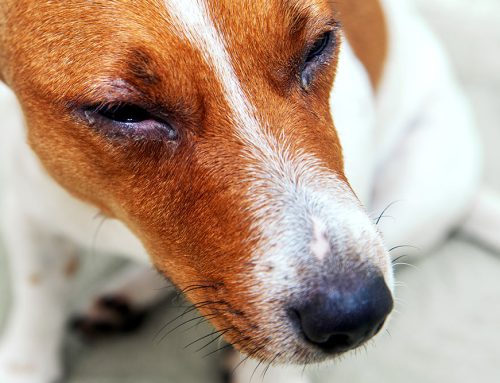

Leave A Comment